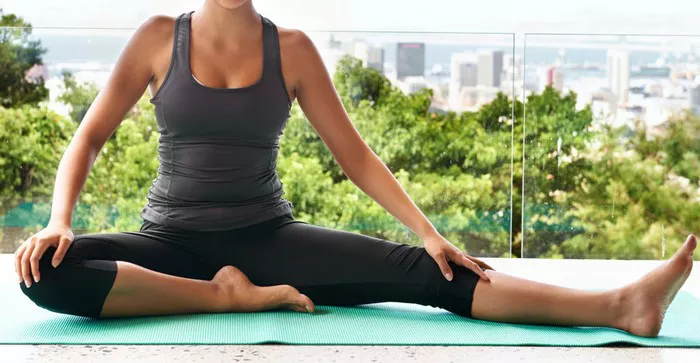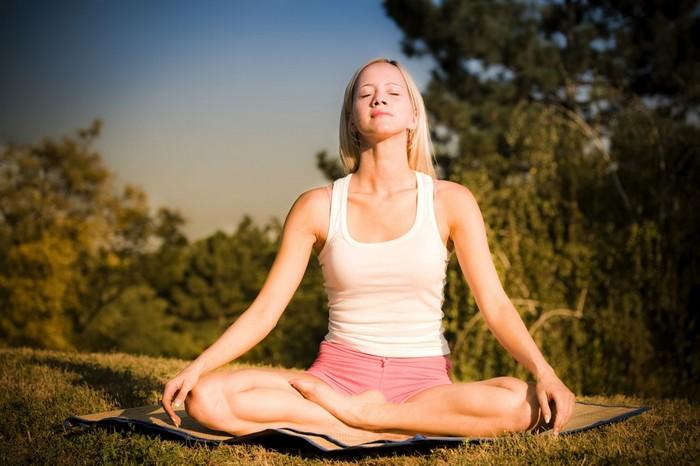Sequencing a Vinyasa class requires a blend of creativity, knowledge, and mindfulness. As a yoga instructor, your goal is to create a cohesive and dynamic flow that not only challenges but also nurtures your students. This guide will delve into the essential elements of designing a Vinyasa sequence, offering insights on how to create a balanced and engaging class.
Structuring Your Vinyasa Class
A Vinyasa class typically follows a structured framework that guides students from the beginning to the end of their practice. Here’s a detailed breakdown of each component:
1. Setting the Intention
Opening the Class:
- Centering: Begin by bringing students into the present moment. This can be done through a few minutes of seated meditation or breathwork (pranayama). Encourage students to focus on their breath, letting go of distractions and grounding themselves.
- Intention Setting: Invite students to set a personal intention for their practice. This could be a word, a phrase, or a specific goal they wish to achieve.
Sample Sequence:
- Start in a comfortable seated position (Sukhasana or Virasana).
- Lead a 5-minute guided meditation, focusing on breath awareness.
- Transition to a few rounds of simple breathwork, like Ujjayi or Nadi Shodhana.
- Prompt students to set their intention for the practice.
2. Warm-Up
Preparing the Body:
- Gentle Movements: Begin with gentle movements to awaken the body and prepare the muscles for more intense postures. This can include stretches, spinal movements, and light twists.
- Sun Salutations: Incorporate a few rounds of Sun Salutations (Surya Namaskar) to build heat and synchronize breath with movement.
Sample Sequence:
- Cat-Cow (Marjaryasana-Bitilasana): 5 rounds.
- Downward Dog (Adho Mukha Svanasana): Hold for 5 breaths.
- Forward Fold (Uttanasana): Hold for 5 breaths.
- Sun Salutation A: 3-5 rounds.
- Sun Salutation B: 3-5 rounds.
3. Standing Sequence
Building Heat and Strength:
- Dynamic Poses: Introduce more dynamic and strength-building postures. Focus on poses that engage large muscle groups and build internal heat.
- Balance and Focus: Incorporate balancing poses to improve concentration and stability.
Sample Sequence:
- Warrior I (Virabhadrasana I): Hold for 5 breaths each side.
- Warrior II (Virabhadrasana II): Hold for 5 breaths each side.
- Extended Side Angle (Utthita Parsvakonasana): Hold for 5 breaths each side.
- Triangle Pose (Trikonasana): Hold for 5 breaths each side.
- Half Moon Pose (Ardha Chandrasana): Hold for 5 breaths each side.
4. Peak Pose
Challenging the Practice:
- Complex Postures: Introduce one or two peak poses that challenge the students’ strength, flexibility, and balance. These poses are often the highlight of the class and require thorough preparation.
- Variations and Modifications: Offer variations and modifications to accommodate different skill levels.
Sample Sequence:
- Crow Pose (Bakasana): Hold for as long as comfortable, with modifications.
- Wheel Pose (Urdhva Dhanurasana): Hold for 5 breaths, with preparatory backbends like Bridge Pose (Setu Bandhasana).
5. Cool Down
Calming the Body and Mind:
- Gentle Stretches: Transition to gentler poses that help release tension and stretch the muscles worked during the class.
- Forward Folds and Twists: Incorporate forward folds and gentle twists to calm the nervous system and prepare for relaxation.
Sample Sequence:
- Seated Forward Fold (Paschimottanasana): Hold for 10 breaths.
- Supine Twist (Supta Matsyendrasana): Hold for 10 breaths each side.
- Happy Baby Pose (Ananda Balasana): Hold for 10 breaths.
6. Savasana
Final Relaxation:
- Complete Rest: End the class with Savasana, allowing students to fully relax and integrate the benefits of their practice. Guide them into a state of deep rest and stillness.
- Closing the Class: Gently bring students out of Savasana and close the class with a moment of gratitude and reflection.
Sample Sequence:
- Savasana: 5-10 minutes.
- Guided relaxation: Lead students through a body scan or gentle visualization.
- Seated Position: Bring students back to a seated position, close the class with a chant or a moment of silence.
Tips for Effective Sequencing
1. Understand Your Students
Knowing your students’ needs, limitations, and goals is crucial for creating an effective sequence. Consider their experience levels, any physical limitations, and their reasons for practicing yoga. This understanding will help you tailor the sequence to ensure it’s safe, challenging, and beneficial for everyone.
2. Maintain a Balanced Flow
A balanced Vinyasa sequence should include a variety of poses that target different areas of the body and aspects of fitness. Strive to create a harmonious blend of:
- Strength: Poses that build muscular strength and endurance.
- Flexibility: Poses that enhance flexibility and range of motion.
- Balance: Poses that improve balance and stability.
- Mobility: Poses that increase joint mobility and fluidity of movement.
3. Use Intelligent Sequencing
Intelligent sequencing involves progressing through poses in a logical and safe manner. This means warming up the body appropriately before attempting more challenging poses, and ensuring that each pose prepares the body for the next. Key principles include:
- Gradual Progression: Start with simpler poses and gradually move to more complex ones.
- Counterposes: Follow intense poses with counterposes to balance the body.
- Symmetry: Ensure both sides of the body are equally worked.
4. Emphasize Breath and Alignment
Consistently remind students to synchronize their movements with their breath. This not only enhances the flow but also ensures that the practice remains mindful and meditative. Additionally, emphasize proper alignment to prevent injuries and maximize the benefits of each pose.
5. Be Adaptable
Every class is unique, and sometimes you’ll need to adapt your sequence based on the energy and needs of your students. Be prepared to modify your plan, offer variations, and respond to the feedback you receive during the class.
Sample 60-Minute Vinyasa Sequence
Opening (5 minutes)
- Seated Meditation: Focus on breath awareness and setting an intention.
- Pranayama: Practice Ujjayi breath for 2-3 minutes.
Warm-Up (10 minutes)
- Cat-Cow (Marjaryasana-Bitilasana): 5 rounds.
- Downward Dog (Adho Mukha Svanasana): Hold for 5 breaths.
- Sun Salutation A: 3 rounds.
- Sun Salutation B: 3 rounds.
Standing Sequence (15 minutes)
- Warrior I (Virabhadrasana I): Hold for 5 breaths each side.
- Warrior II (Virabhadrasana II): Hold for 5 breaths each side.
- Extended Side Angle (Utthita Parsvakonasana): Hold for 5 breaths each side.
- Triangle Pose (Trikonasana): Hold for 5 breaths each side.
- Half Moon Pose (Ardha Chandrasana): Hold for 5 breaths each side.
Peak Pose (10 minutes)
- Crow Pose (Bakasana): Practice for 3-5 minutes with modifications.
- Wheel Pose (Urdhva Dhanurasana): Practice for 3-5 minutes with preparatory poses like Bridge Pose.
Cool Down (10 minutes)
- Seated Forward Fold (Paschimottanasana): Hold for 10 breaths.
- Supine Twist (Supta Matsyendrasana): Hold for 10 breaths each side.
- Happy Baby Pose (Ananda Balasana): Hold for 10 breaths.
Savasana (10 minutes)
- Savasana: 5-10 minutes of guided relaxation.
- Closing: Bring students back to a seated position and close with a moment of gratitude.
Conclusion
Sequencing a Vinyasa class is both an art and a science. It requires a deep understanding of the principles of Vinyasa, a keen awareness of your students’ needs, and the creativity to craft a flow that is both challenging and nurturing. By following the guidelines and tips outlined in this guide, you can create a Vinyasa class that not only enhances your students’ physical capabilities but also fosters mental and emotional well-being.















